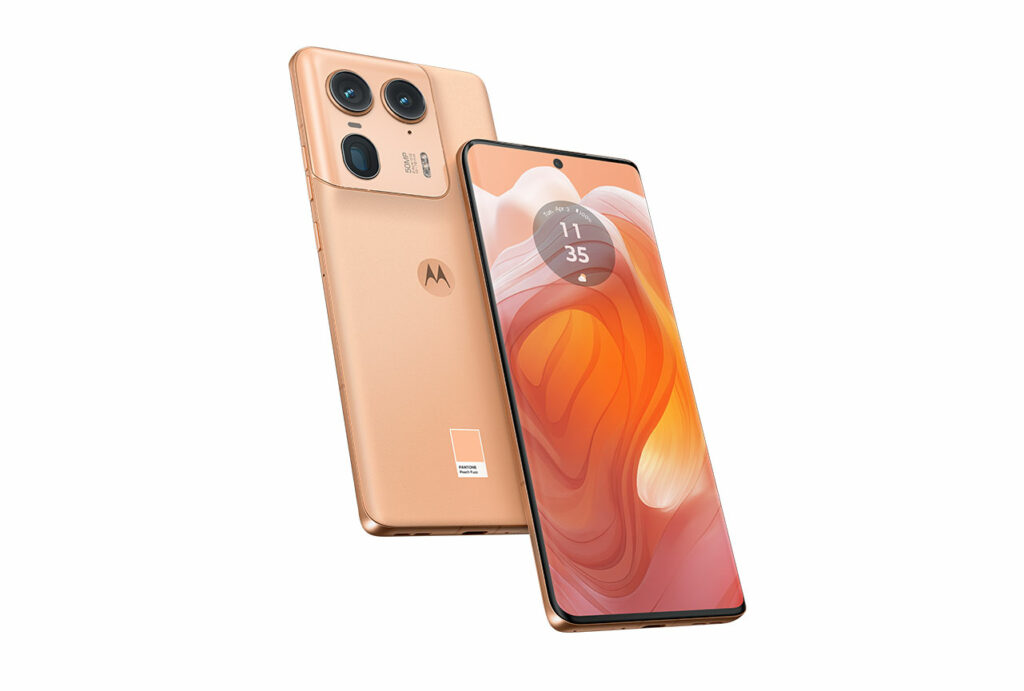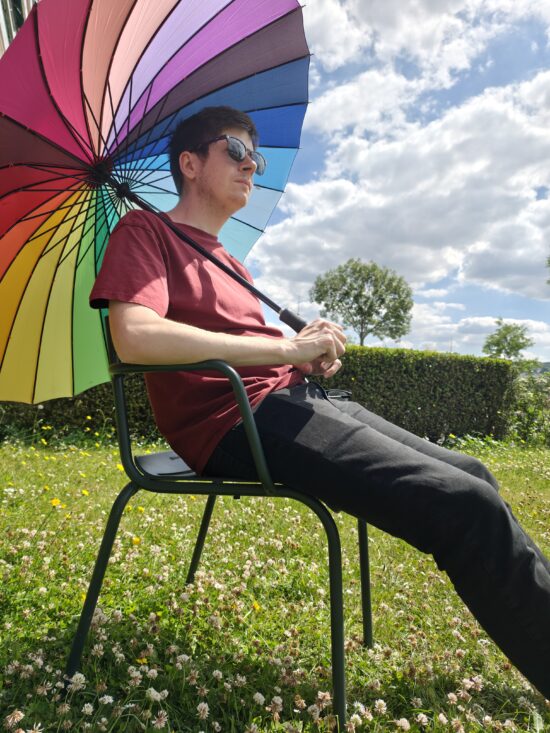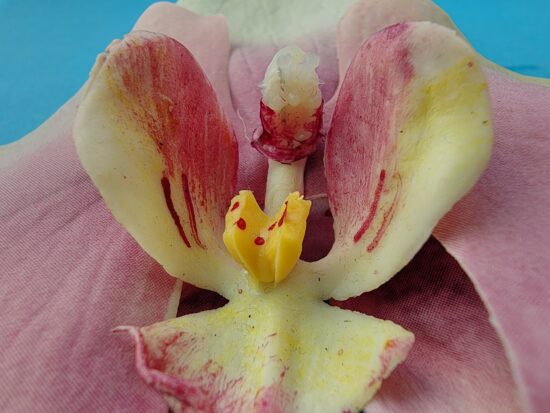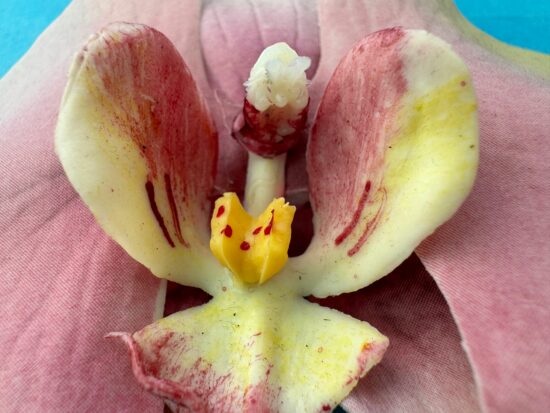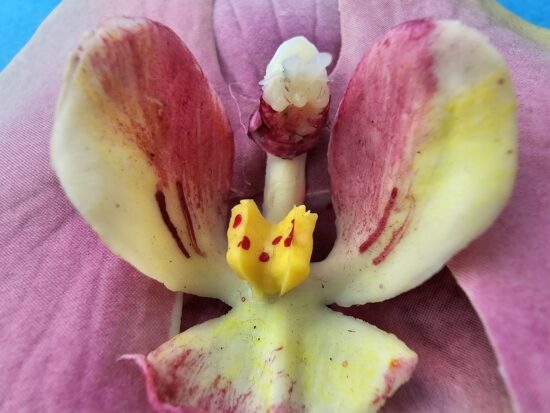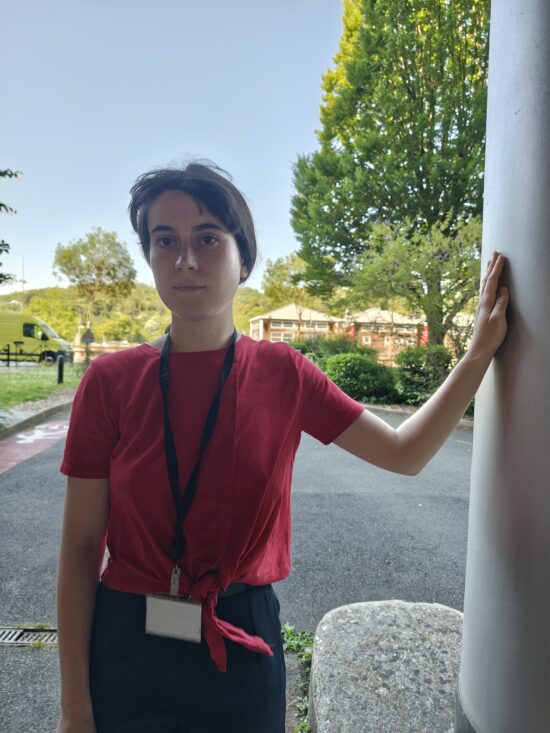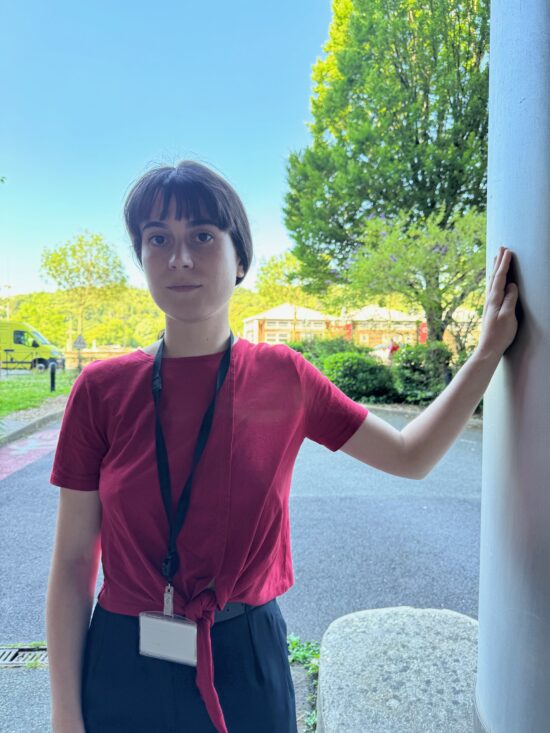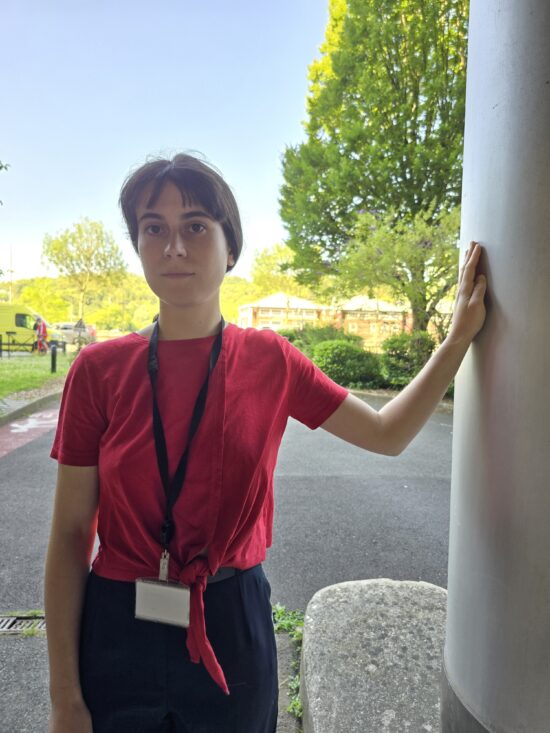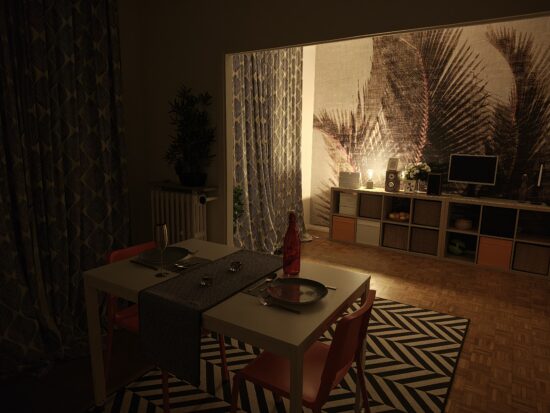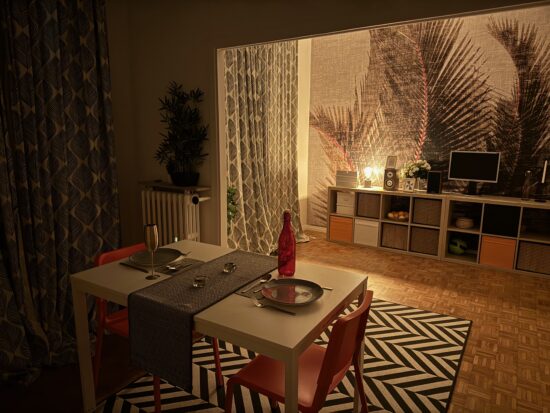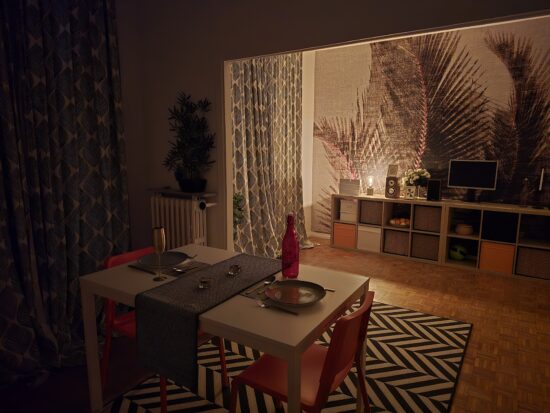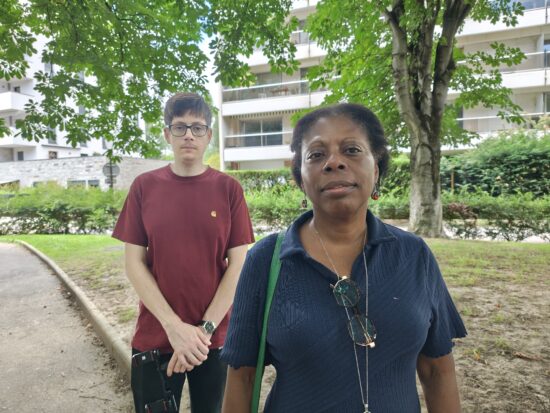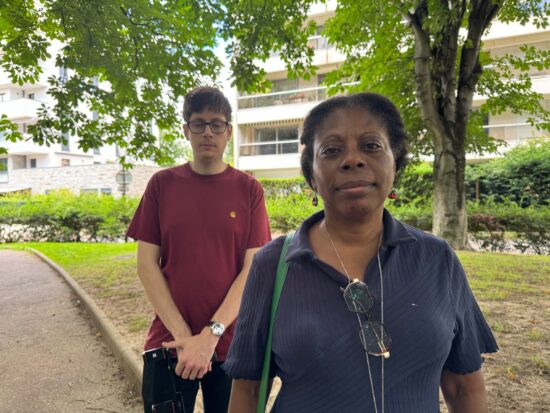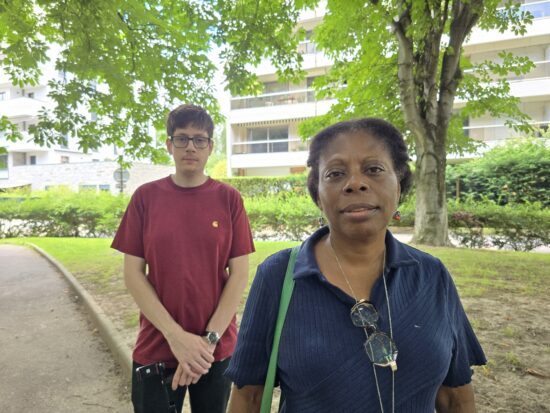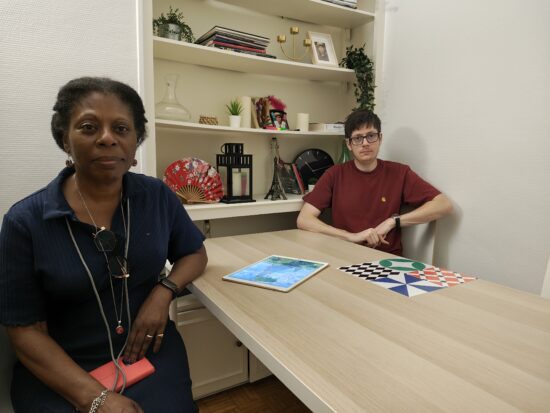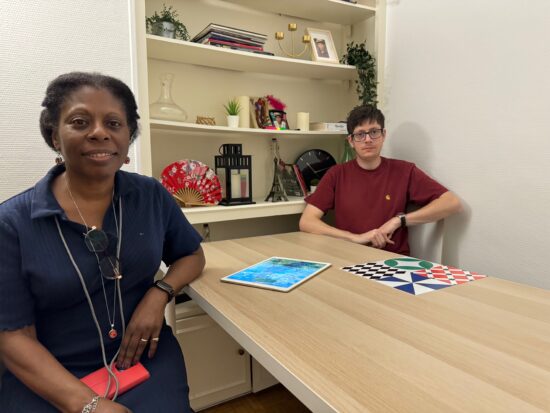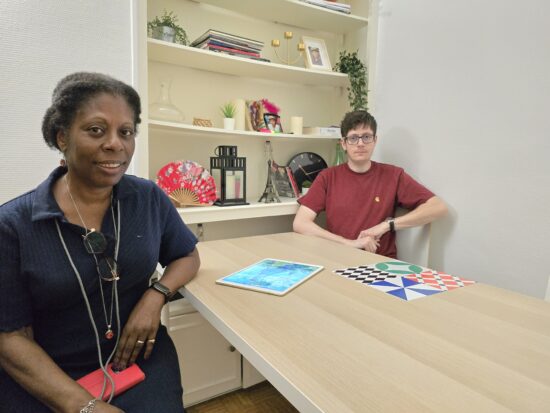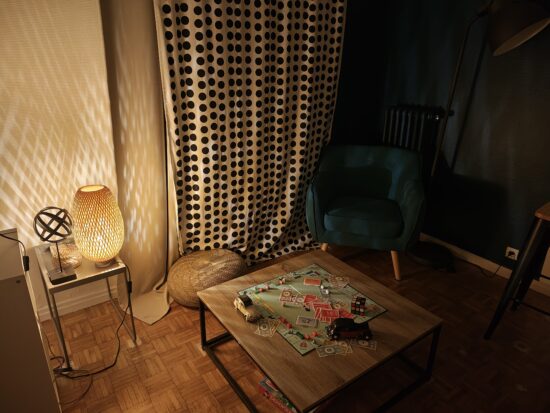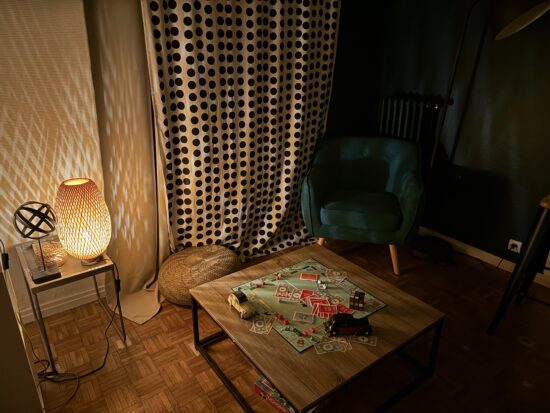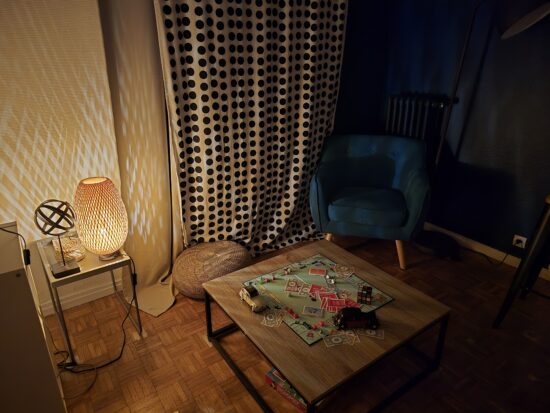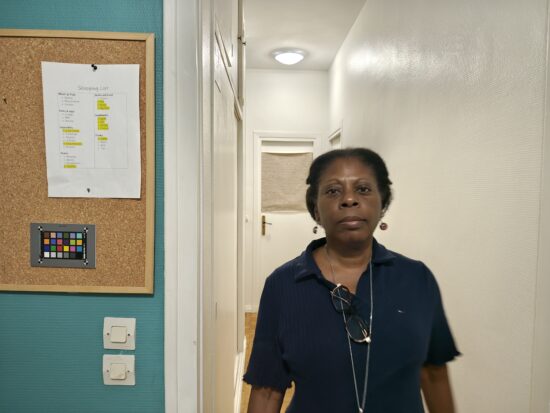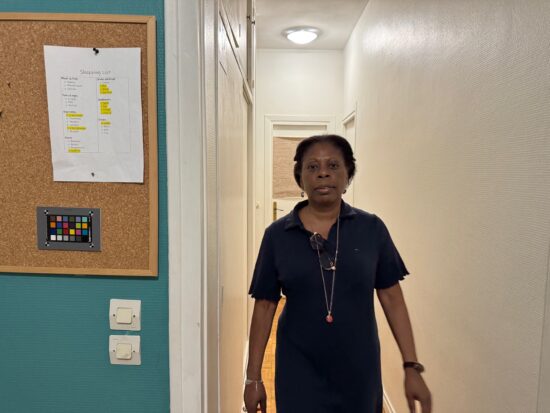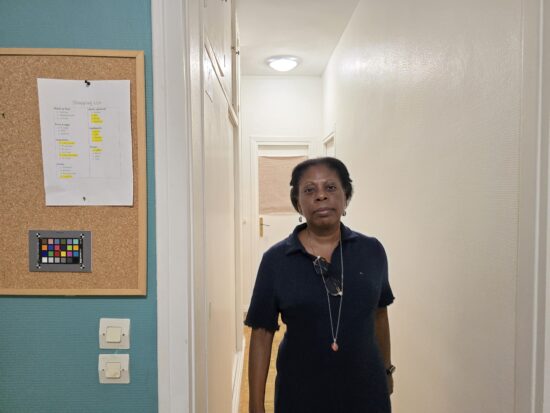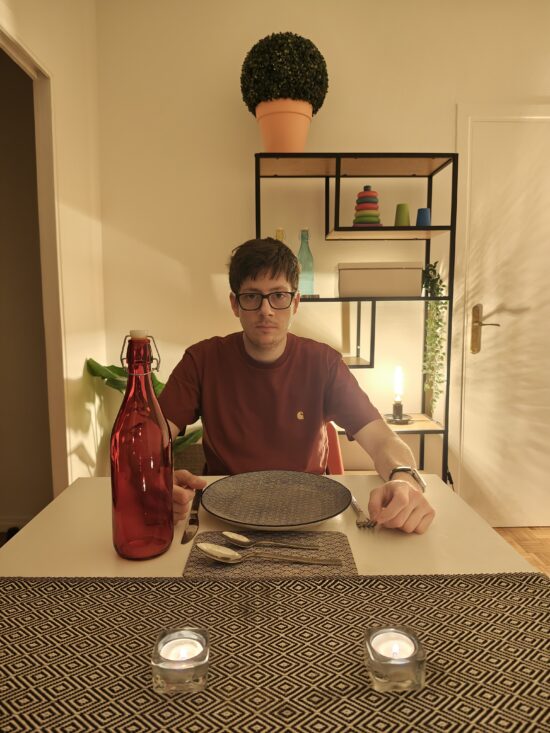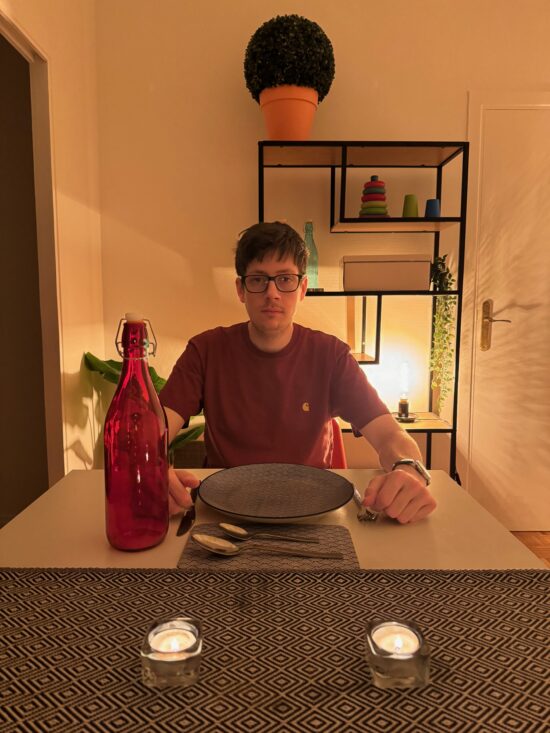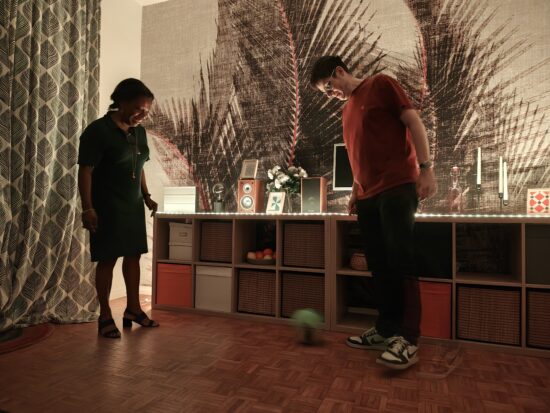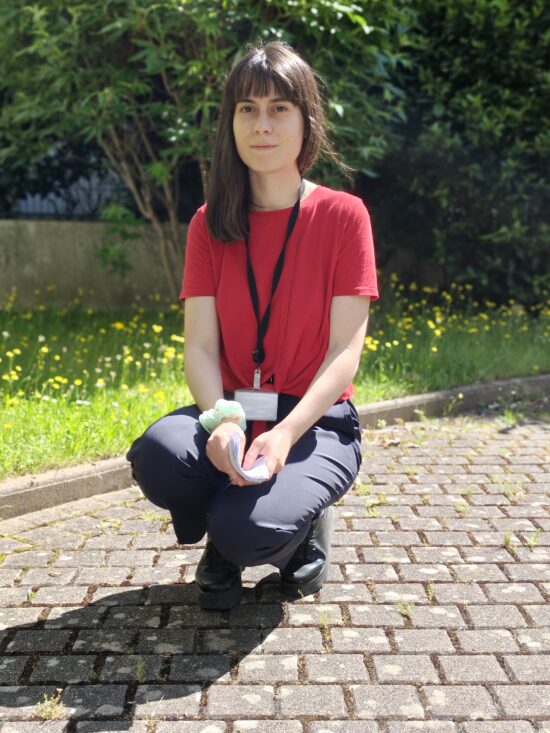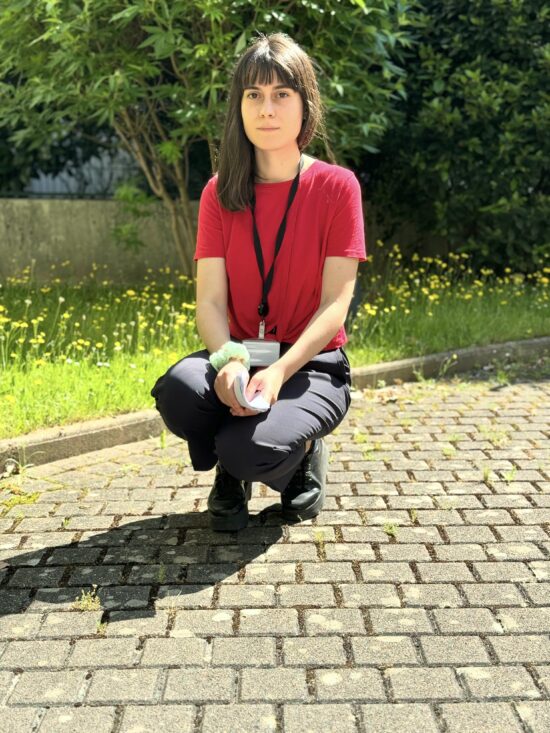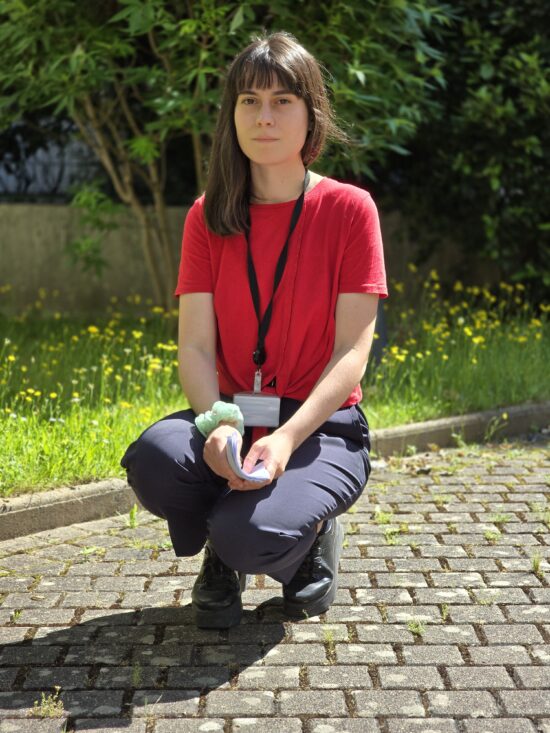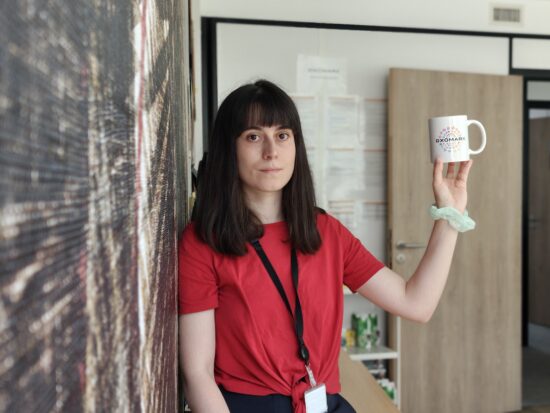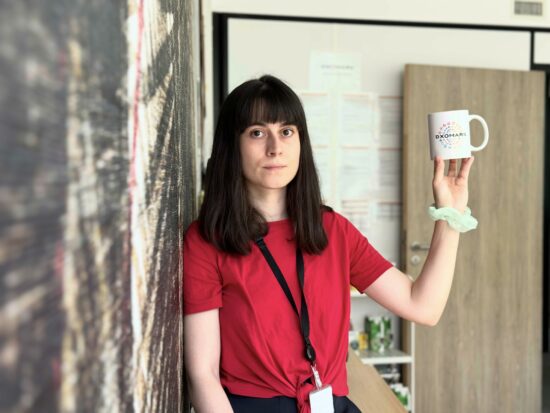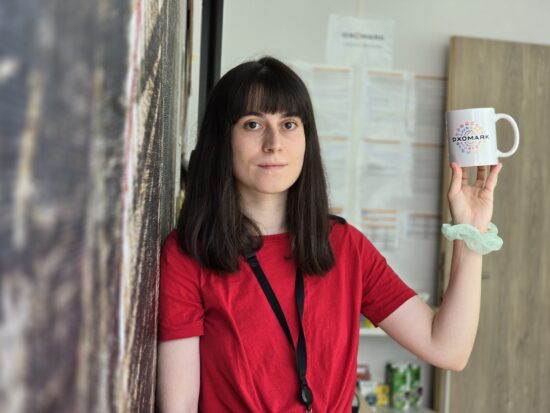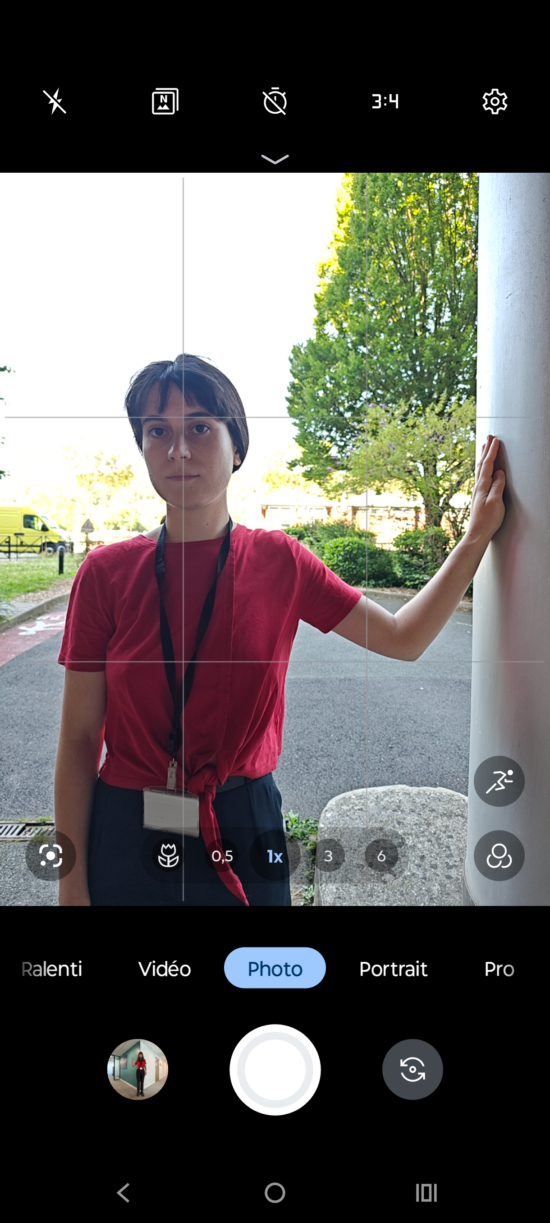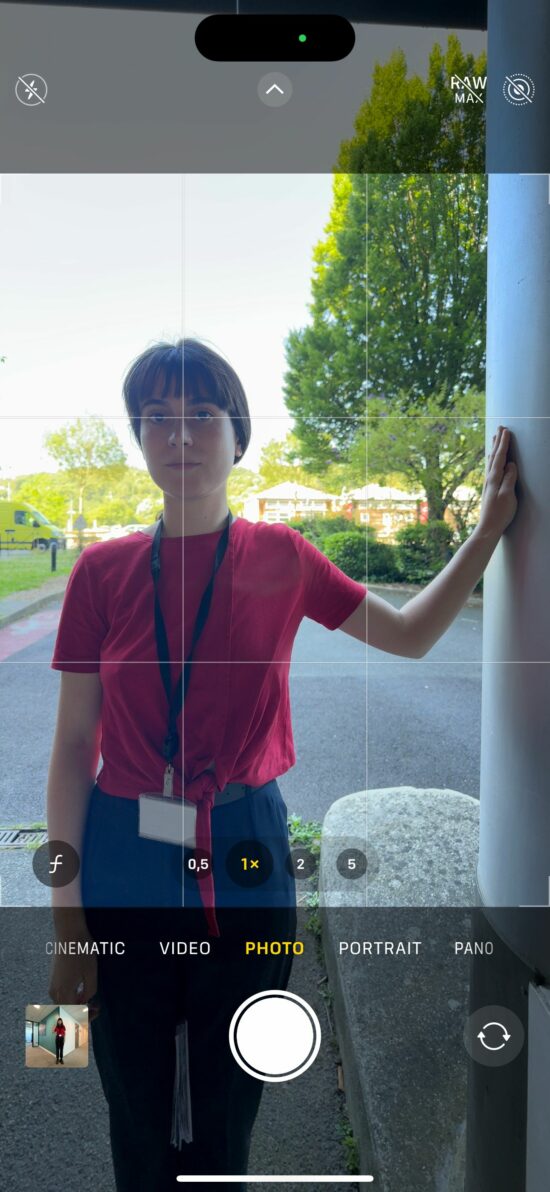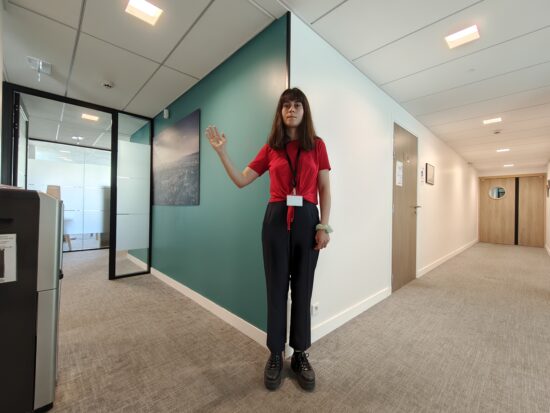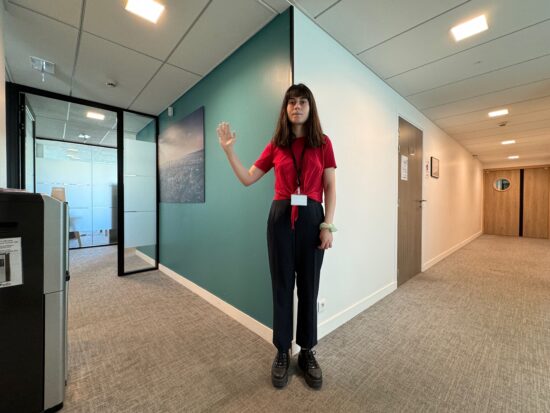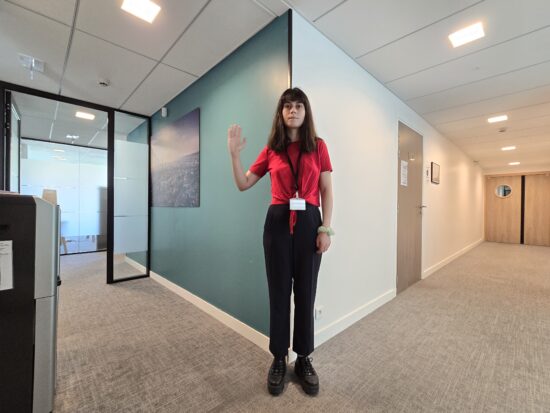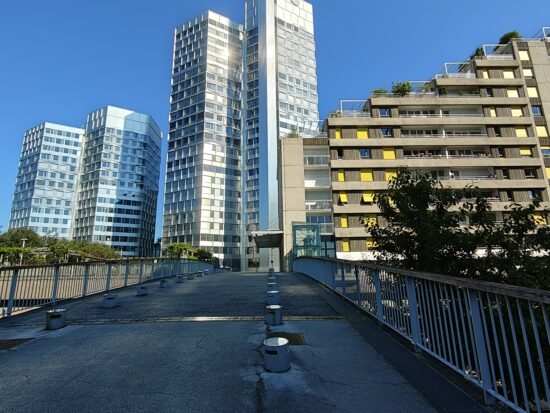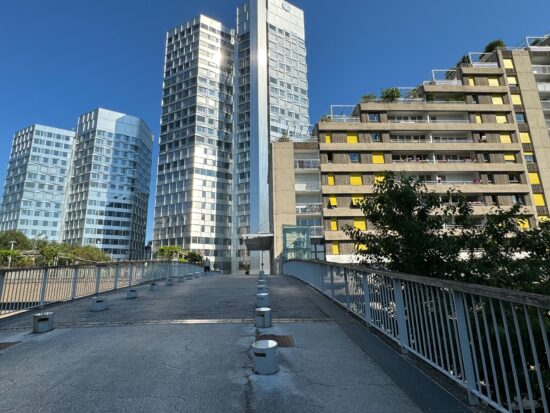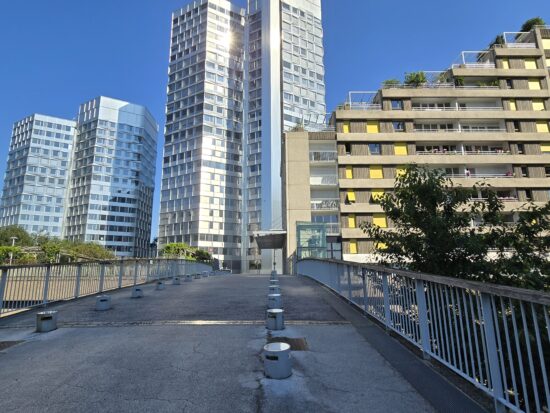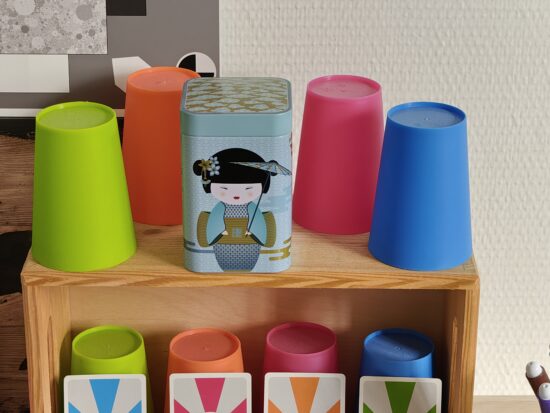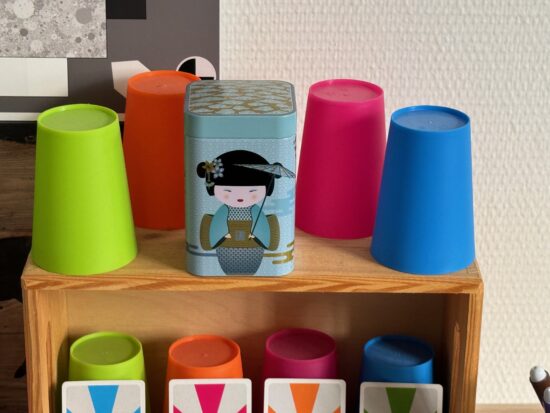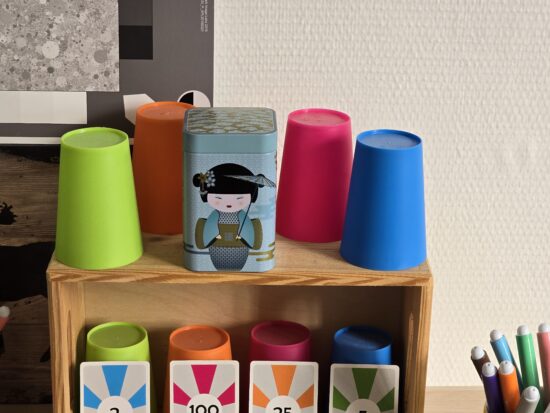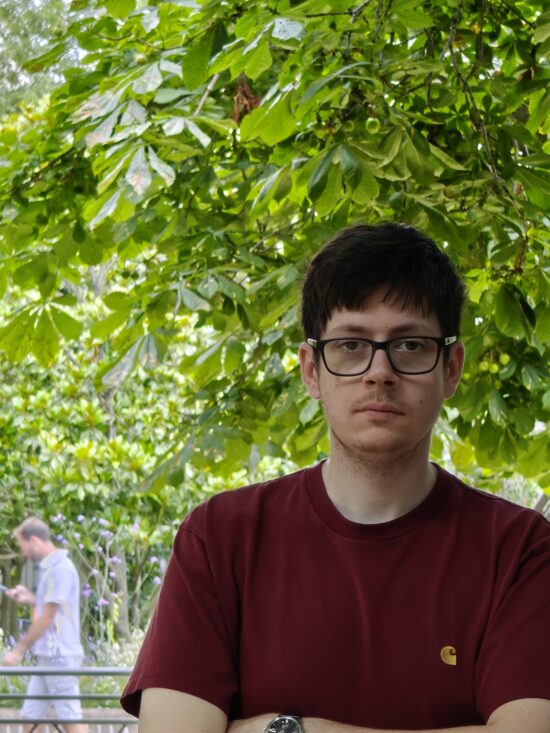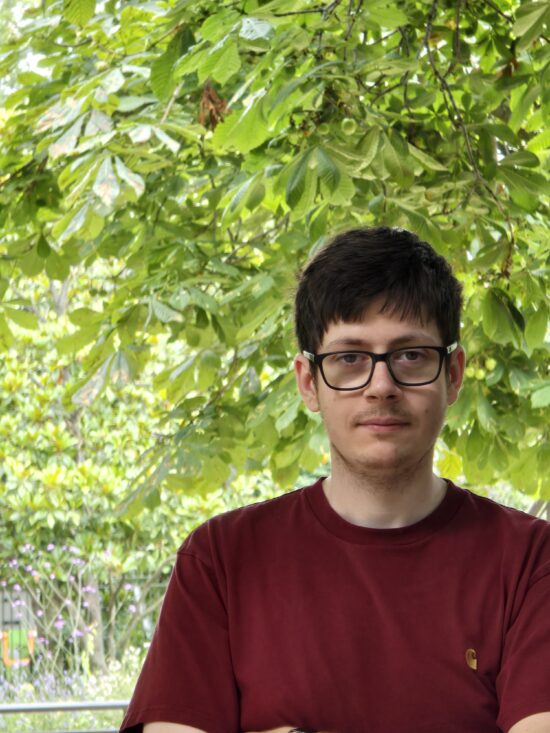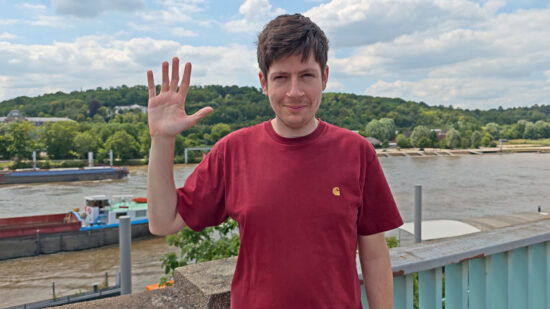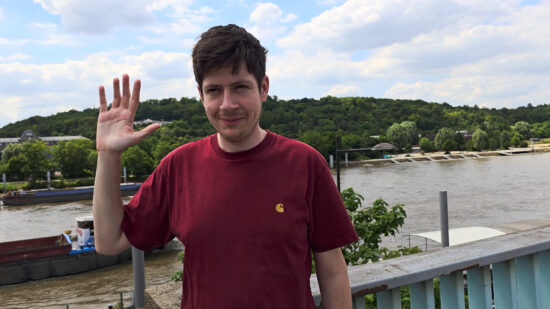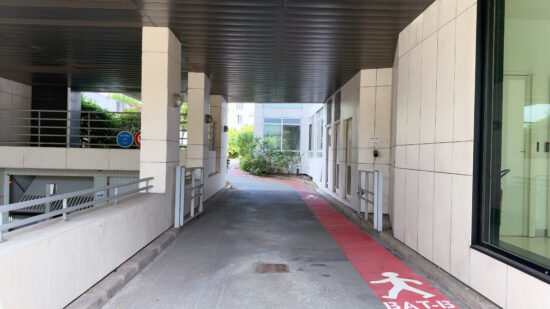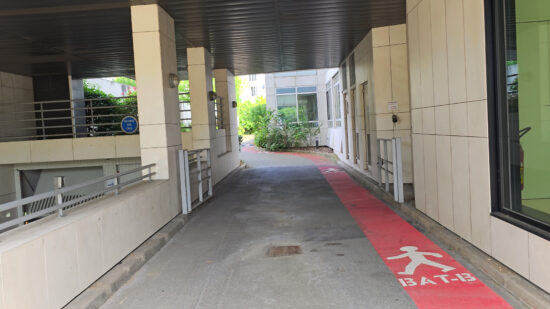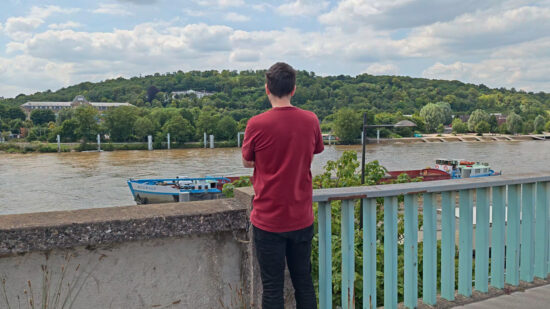We put the Motorola Edge 50 Ultra through our rigorous DXOMARK Camera test suite to measure its performance in photo, video, and zoom quality from an end-user perspective. This article breaks down how the device fared in a variety of tests and several common use cases and is intended to highlight the most important results of our testing with an extract of the captured data.
Overview
Key camera specifications:
- Primary: 50MP 1/1.3″ sensor, 1.2 μm pixels, f/1.6 aperture lens, PDAF, OIS
- Ultra-wide: 50MP sensor, 0.64μm pixels, f/2.0 aperture lens, 122° field of view, AF
- Tele: 64MP sensor, 0.7μm pixels, f/2.4 aperture lens, 3x zoom, AF, OIS
Scoring
Sub-scores and attributes included in the calculations of the global score.
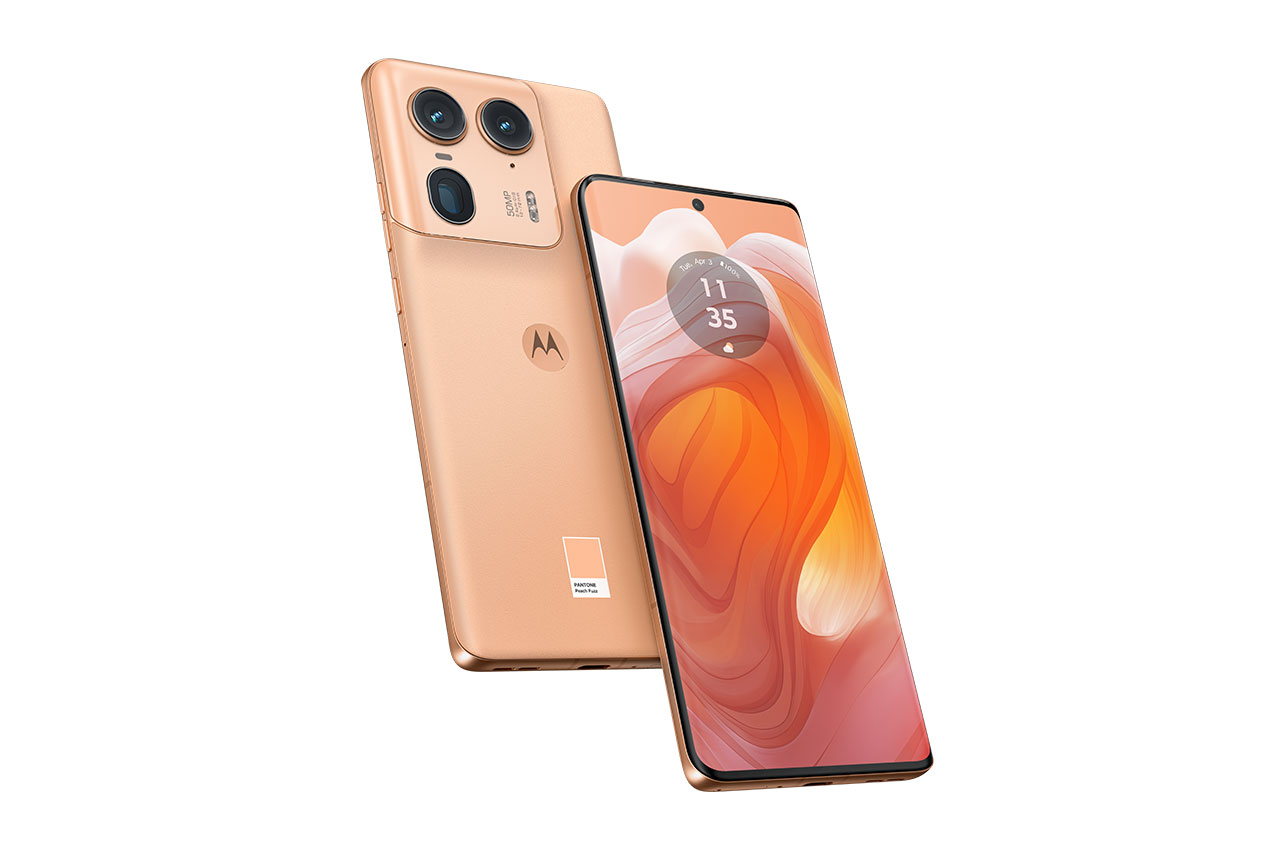
Motorola Edge 50 Ultra


Use cases & Conditions
Use case scores indicate the product performance in specific situations. They are not included in the overall score calculations.
Outdoor
Photos & videos shot in bright light conditions (≥1000 lux)
Indoor
Photos & videos shot in good lighting conditions (≥100lux)
Lowlight
Photos & videos shot in low lighting conditions (<100 lux)
Friends & Family
Portrait and group photo & videos
 26th
26th 23rd
23rdPros
- Fairly good exposure in most situations
- Good compromise between detail retention and noise reduction
- Fast and accurate autofocus
- Accurate depth estimation in bokeh mode
- Good detail in tele shots, especially at close and mid-range
- Low image noise in zoom shots, including ultra-wide
- Pretty good video stabilization
Cons
- Contrast too strong in HDR format
- Exposure and white balance adaptation issues
- Unstable temporal noise reduction in video mode
- Unwanted artifacts, including fusion artifacts, ghosting, ringing and color fringing
- Occasionally inaccurate focus in tele shots
- Slightly limited dynamic range in ultra-wide shots
The Motorola Edge 50 Ultra did well in the DXOMARK Camera tests, with good results across pretty much all sub-tests. Thanks to a better autofocus and lower noise, it just beat out the Samsung Galaxy S24 Ultra in our ranking , but could not quite match the very best devices in the current crop of Ultra Premium smartphones. This said, the Edge 50 Ultra is noticeably improved over its predecessor Edge 40 Pro in many areas, including a better compromise between noise reduction and detail retention, as well as better image quality when zooming.
A larger image sensor and wider aperture helped increase the light collection capacity, resulting in better low light performance. A longer lens in the dedicated tele camera resulted in improved performance across all tele zoom settings from close to long range, without using any image fusion methods which can improve detail retention but often cause unwanted image artifacts.
The Motorola Edge 50 Ultra was tested with Photo Ultra HDR and Video 10-bit HDR modes activated. When capturing photos the HDR mode helped improve the perceived contrast in some scenes. In video mode, target exposure was improved and dynamic range widened.
In our tests the Edge 50 Ultra delivered nice portrait images, with good target exposure. However, on some occasions our testers noticed inaccurate skin tones. In group shots a wide depth of field ensured good sharpness on more than one subject, and when capturing moving scenes the Motorola was usually capable of keeping motion blur to a minimum.
In low light the Motorola delivered good still images, with accurate target exposure, a slightly warm but pleasant color cast and a pretty good compromise between detail retention and noise reduction. Video clips recorded in low light showed pretty good exposure and color, as well as a good texture/noise trade-off. However, our testers also noticed some noise reduction instabilities and scene integrity artifacts.
Test summary
About DXOMARK Camera tests: DXOMARK’s Camera evaluations take place in laboratories and in real-world situations using a wide variety of subjects. The scores rely on objective tests for which the results are calculated directly by measurement software on our laboratory setups, and on perceptual tests in which a sophisticated set of metrics allow a panel of image experts to compare aspects of image quality that require human judgment. Testing a smartphone involves a team of engineers and technicians for about a week. Photo, Zoom, and Video quality are scored separately and then combined into an Overall score for comparison among the cameras in different devices. For more information about the DXOMARK Camera protocol, click here. More details on smartphone camera scores are available here. The following section gathers key elements of DXOMARK’s exhaustive tests and analyses. Full performance evaluations are available upon request. Please contact us on how to receive a full report.
Photo
Motorola Edge 50 Ultra
169
For scoring and analysis, DXOMARK engineers capture and evaluate more than 2,600 test images both in controlled lab environments and in outdoor, indoor and low-light natural scenes, using the camera’s default settings. The photo protocol is designed to take into account the main use cases and is based on typical shooting scenarios, such as portraits, family, and landscape photography. The evaluation is performed by visually inspecting images against a reference of natural scenes, and by running objective measurements on images of charts captured in the lab under different lighting conditions from 1 to 1,000+ lux and color temperatures from 2,300K to 6,500K.
Photo capture is one of the Edge 50 Ultra’s strong points. In our tests, the HDR format contributed to a good overall image quality by improving exposure and color. In addition, the Motorola’s camera was capable of maintaining good texture while keeping image noise under control. Some image artifacts and night shots that left some room for improvement slightly reduced the Photo score.
Close-Up
Close-up is the third new use case score introduced with DXOMARK Camera version 5. It evaluates the camera’s ability to capture detail at subject distances below 10cm and magnifications as close possible to 1:1.
The Motorola did generally well in our close-up tests but was not quite on the same level as the best competitors. There was a more noticeable lack of subject detail than on the best devices for close-up, and our experts also noticed some white balance casts.

Exposure
Motorola Edge 50 Ultra
130
Exposure is one of the key attributes for technically good pictures. The main attribute evaluated is the brightness of the main subject through various use cases such as landscape, portrait, or still life. Other factors evaluated are the contrast and the dynamic range, eg. the ability to render visible details in both bright and dark areas of the image. Repeatability is also important because it demonstrates the camera's ability to provide the same rendering when shooting several images of the same scene.
In our tests, the Edge 50 Ultra provided accurate exposure. In addition, a wide dynamic range ensured highlight clipping was kept to a minimum, similar to the comparison devices in this test. Our testers liked the effective HDR format, which helped improve perceived contrast, especially in daylight scenes. On the downside, we noticed that sometimes contrast was too strong, resulting in slightly overexposed highlights, as well as slight exposure instabilities across a series of consecutive shots.

Color
Motorola Edge 50 Ultra
130
Color is one of the key attributes for technically good pictures. The image quality attributes analyzed are skin-tone rendering, white balance, color shading, and repeatability. For color and skin tone rendering, we penalize unnatural colors but we respect a manufacturer's choice of color signature.
Our testers found the Edge 50 Ultra auto white balance system to produce fairly pleasant results, despite some occasional casts. The contrast issues described above had a slightly negative impact on color rendering in some scenes, especially in the sky in backlit scenes and on some skin tones. Overall color performance was in line with the competition.

Autofocus
Motorola Edge 50 Ultra
125
Autofocus tests concentrate on focus accuracy, focus repeatability, shooting time delay, and depth of field. Shooting delay is the difference between the time the user presses the capture button and the time the image is actually taken. It includes focusing speed and the capability of the device to capture images at the right time, what is called 'zero shutter lag' capability. Even if a shallow depth of field can be pleasant for a single subject portrait or close-up shot, it can also be a problem in some specific conditions such as group portraits; Both situations are tested. Focus accuracy is also evaluated in all the real-life images taken, from infinity to close-up objects and in low light to outdoor conditions.
In our tests, the Motorola delivered in-focus images in all conditions. Like many of its rivals, it offers zero shutter lag in our lab tests across almost all test conditions, except in very low light conditions. This is true even for HDR mode, which is a noticeable advantage over the Galaxy S24 Ultra. The Edge 50 Ultra autofocus is also an improvement over the system implemented in the predecessor Edge 40 Pro.
In addition, the camera provided a fairly wide depth-of-field, allowing for more than one well-focused face in group shots.

Texture
Motorola Edge 50 Ultra
125
Texture tests analyze the level of details and the texture of subjects in the images taken in the lab as well as in real-life scenarios. For natural shots, particular attention is paid to the level of details in the bright and dark areas of the image. Objective measurements are performed on chart images taken in various lighting conditions from 1 to 1000 lux and different kinds of dynamic range conditions. The charts used are the proprietary DXOMARK chart (DMC) and the Dead Leaves chart.
The Motorola generally captured good image detail across all test conditions, but our testers noticed a slight loss of detail in some scenes, especially when shooting in low light. In real-life scenes, the Motorola did better than the Galaxy S24 Ultra but could not quite match the iPhone 15 Pro Max. The loss of detail was more noticeable in scenes with moving subjects, especially in low light where we observed slight motion blur.

Noise
Motorola Edge 50 Ultra
117
Noise tests analyze various attributes of noise such as intensity, chromaticity, grain, structure on real-life images as well as images of charts taken in the lab. For natural images, particular attention is paid to the noise on faces, landscapes, but also on dark areas and high dynamic range conditions. Noise on moving objects is also evaluated on natural images. Objective measurements are performed on images of charts taken in various conditions from 1 to 1000 lux and different kinds of dynamic range conditions. The chart used is the Dead Leaves chart and the standardized measurement such as Visual Noise derived from ISO 15739.
Image noise was well controlled across all test conditions, especially in low light where the Edge 50 Ultra did better than its competitors. Noise around the edges of the image frame could be noticeable in some scenes, though.

Artifacts
Motorola Edge 50 Ultra
82
The artifacts evaluation looks at lens shading, chromatic aberrations, geometrical distortion, edges ringing, halos, ghosting, quantization, unexpected color hue shifts, among others type of possible unnatural effects on photos. The more severe and the more frequent the artifact, the higher the point deduction on the score. The main artifacts observed and corresponding point loss are listed below.
Ghosting effects and fusion artifacts were the two most intrusive image artifacts on the Edge 50 Ultra. Ghosting was mostly noticeable in low-light scenes with moving subjects. Fusion artifacts resulted in unnatural textures in the highlight areas of the frame, as well as on moving subjects. Our testers also noticed a hue shift, mostly around clipped areas in blue skies, and halo effects. Aliasing, color quantization and ringing artifacts were observed as well but were on a similar level as on the comparison devices.
Bokeh
Motorola Edge 50 Ultra
85
Bokeh is tested in one dedicated mode, usually portrait or aperture mode, and analyzed by visually inspecting all the images captured in the lab and in natural conditions. The goal is to reproduce portrait photography comparable to one taken with a DLSR and a wide aperture. The main image quality attributes paid attention to are depth estimation, artifacts, blur gradient, and the shape of the bokeh blur spotlights. Portrait image quality attributes (exposure, color, texture) are also taken into account.
The Motorola’s bokeh effect did a good job overall, with accurate depth estimation, as well as round and well contrasted spotlights in the background. However, the blur gradient left some room for improvement, with the blur transition from foreground to background not always looking natural.
Preview
Motorola Edge 50 Ultra
93
Preview tests analyze the image quality of the camera app's preview of the image, with particular attention paid to the difference between the capture and the preview, especially regarding dynamic range and the application of the bokeh effect. Also evaluated is the smoothness of the exposure, color and focus adaptation when zooming from the minimal to the maximal zoom factor available. The preview frame rate is measured using the LED Universal Timer.
Our testers found the preview image on the display often to be quite different to the final capture. Dynamic range was generally more limited, with more highlight clipping, in preview, especially in low-light scenes. When shooting in bokeh mode, there were often noticeable differences in terms of depth estimation. We also observed some slight exposure and white balance instabilities when switching between camera modules during zooming.
Zoom
Motorola Edge 50 Ultra
169
DXOMARK engineers capture and evaluate over 400 test images in controlled lab environments and in outdoor, indoor, and low-light natural scenes, using the camera’s default settings and pinch zoom at various zoom factors from ultra wide to very long-range zoom. The evaluation is performed by visually inspecting the images against a reference of natural scenes, and by running objective measurements of chart mages captured in the lab under different conditions from 20 to 1000 lux and color temperatures from 2300K to 6500K.
In terms of zooming, the Edge 50 Ultra is a noticeable improvement over its predecessor Edge 40 Ultra. It comes with a longer tele, a wider ultra-wide and as a result, in our tests image results were better across all zoom settings. The Motorola even outperformed the Samsung Galaxy S24 Ultra with its dual-tele camera, capturing good detail across the entire zoom range. Only in portrait images could textures sometimes look slightly unnatural.
Video Zoom
When zooming in video mode, the Edge 50 Ultra provided good detail across the entire zoom range and an overall performance that was similar to the Apple iPhone 15 Pro Max and Samsung Galaxy S24 Ultra. In real-life footage our experts observed some slight exposure and color instabilities when switching between camera modules, in addition to slight jumps in terms of field-of-view.

Wide
Motorola Edge 50 Ultra
122
These tests analyze the performance of the ultra-wide camera at several focal lengths from 12 mm to 20 mm. All image quality attributes are evaluated, with particular attention paid to such artifacts as chromatic aberrations, lens softness, and distortion. Pictures below are an extract of tested scenes.
When shooting with the ultra-wide camera, image noise was well under control but in high-contrast scenes a slight lack of dynamic range could result in highlight clipping. Our testers also observed some image artifacts, including corner softness, color fringing, and aliasing.

Tele
Motorola Edge 50 Ultra
128
All image quality attributes are evaluated at focal lengths from approximately 40 mm to 300 mm, with particular attention paid to texture and detail. The score is derived from a number of objective measurements in the lab and perceptual analysis of real-life images.
At tele zoom settings, the camera was capable of capturing high levels of detail, especially at close and medium range. This said, it could not quite match the best in class in terms of texture at long tele, exposure, and color. We also noticed some occasional focus instabilities.
Video
Motorola Edge 50 Ultra
159
DXOMARK engineers capture and evaluate more than 2.5 hours of video in controlled lab environments and in natural low-light, indoor and outdoor scenes, using the camera’s default settings. The evaluation consists of visually inspecting natural videos taken in various conditions and running objective measurements on videos of charts recorded in the lab under different conditions from 1 to 1000+ lux and color temperatures from 2,300K to 6,500K.
In video mode, the Motorola Edge 50 Ultra video was doing a decent job in our tests but was not quite on par with the best devices in its segment. In particular, the HDR video format left some room for improvement. Overall video quality was good, but our experts observed some issues that were limited to specific areas of the frame, including local noise, scene integrity artifacts and overly high intensity of the ringing effect on edges. We also noticed some exposure and color instabilities.

Exposure
Motorola Edge 50 Ultra
116
Exposure tests evaluate the brightness of the main subject and the dynamic range, eg. the ability to render visible details in both bright and dark areas of the image. Stability and temporal adaption of the exposure are also analyzed.
Video exposure was accurate in most conditions, with a fairly wide dynamic range, thanks to the 10-bit HDR format. On the downside, contrast could be too strong in some scenes and our testers also observed some adaptation issues when scene content or lighting changed. The comparison devices did slightly better in this respect, especially in low light.

Color
Motorola Edge 50 Ultra
120
Image-quality color analysis looks at color rendering, skin-tone rendering, white balance, color shading, stability of the white balance and its adaption when light is changing.
Video white balance was fairly accurate in most conditions. Color rendering is pretty nice, too, but not quite as nice as on the competitors when recording in low light. Slight color instabilities were noticeable across most test conditions.

Autofocus
Motorola Edge 50 Ultra
120
The Motorola’s video autofocus generally worked reliably when recording indoors and in low light. However, our testers observed some slight instabilities when recording daylight scenes with a moving camera. The autofocus could also be a little low to react (5 frames at 30fps vs 2 frames on other devices in this segment).

Texture
Motorola Edge 50 Ultra
118
Texture tests analyze the level of details and texture of the real-life videos as well as the videos of charts recorded in the lab. Natural videos recordings are visually evaluated, with particular attention paid to the level of details in the bright and areas as well as in the dark. Objective measurements are performed of images of charts taken in various conditions from 1 to 1000 lux. The charts used are the DXOMARK chart (DMC) and Dead Leaves chart.
The level of recorded detail was good but could not match the excellent iPhone 15 Pro Max, especially in daylight conditions. In low-light scenes we noticed some scene integrity artifacts (texture patches moving independently within the frame).

Noise
Motorola Edge 50 Ultra
120
Noise tests analyze various attributes of noise such as intensity, chromaticity, grain, structure, temporal aspects on real-life video recording as well as videos of charts taken in the lab. Natural videos are visually evaluated, with particular attention paid to the noise in the dark areas and high dynamic range conditions. Objective measurements are performed on the videos of charts recorded in various conditions from 1 to 1000 lux. The chart used is the DXOMARK visual noise chart.
Video noise was more intrusive than on the comparison devices when recording in daylight or under typical indoor lighting. In low light, it was better controlled, however. Our testers also observed some local noise patches, usually in the shadow areas of the frame or on moving subjects.
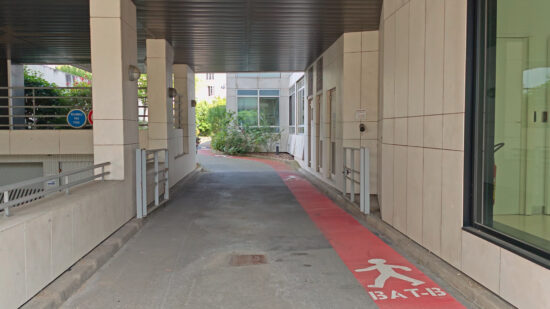

Stabilization
Motorola Edge 50 Ultra
119
Stabilization evaluation tests the ability of the device to stabilize footage thanks to software or hardware technologies such as OIS, EIS, or any others means. The evaluation looks at residual motion, smoothness, jello artifacts and residual motion blur on walk and run use cases in various lighting conditions. The video below is an extract from one of the tested scenes.
Video stabilization was pretty effective, keeping footage stable when holding the camera still and when walking while recording. However, we observed sharpness differences between individual video frames across all test conditions. In this respect the Motorola was slightly less effective than the best in class competitors.

Artifacts
Motorola Edge 50 Ultra
86
Artifacts are evaluated with MTF and ringing measurements on the SFR chart in the lab as well as frame-rate measurements using the LED Universal Timer. Natural videos are visually evaluated by paying particular attention to artifacts such as aliasing, quantization, blocking, and hue shift, among others. The more severe and the more frequent the artifact, the higher the point deduction from the score. The main artifacts and corresponding point loss are listed below.
For a device in the Ultra Premium segment, the Edge 50 Ultra did not do particularly well in terms of video artifacts. Ringing effects caused by the strong contrast could be very noticeable. In addition, we noticed flare and color fringing, as well as some occasional color quantization.


